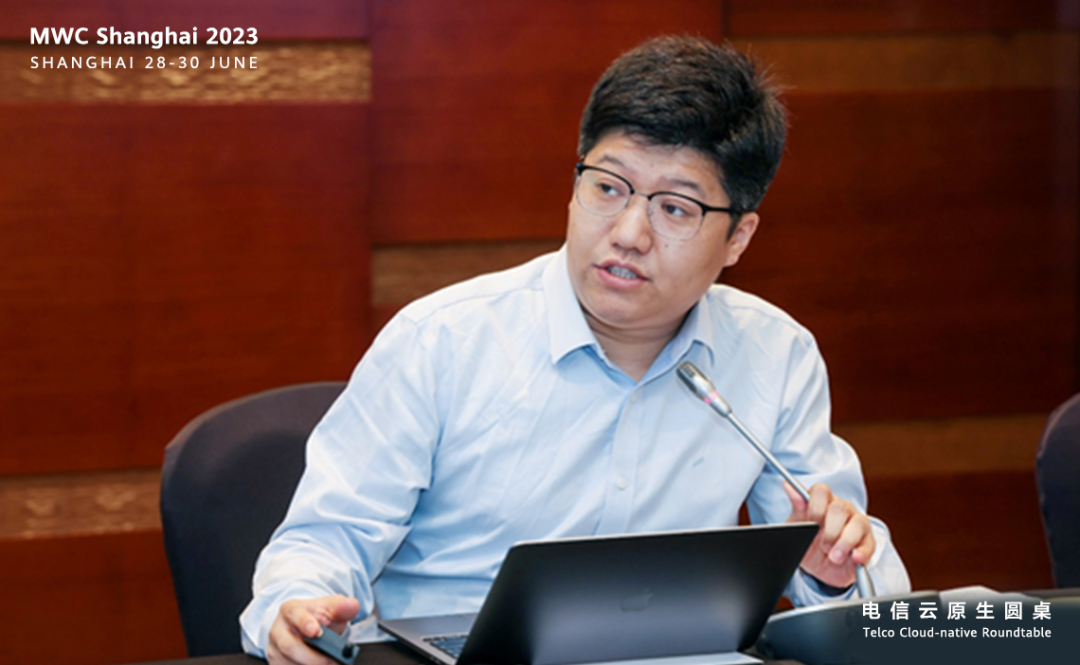ETSI hosted a telco cloud-native roundtable recently at MWC Shanghai 2023. Wang Xuliang, the ETSI ISG NFV Vice Chairman and Vice Director of Cloud-Network Operation Institute of China Telecom, delivered a keynote speech and took part in open discussions. He shared the research and practices of China Telecom around NFV, and conveyed suggestions on issues arising from network cloud deployment and applications from the perspective of ETSI NFV standards.

Wang Xuliang, ETSI ISG NFV Vice Chairman &Vice Director of Cloud-Network Operation Institute of China Telecom
Wang Xuliang expressed that China Telecom has made efforts in building and deploying telco cloud, with special emphasis on three aspects, in which significant achievements have been made.
The first aspect is a rock-solid telco cloud base.China Telecom has built layered resource pools by using the innovative three-layer decoupling technology, enhancing the bearing capabilities. This architecture features powerful performance, high reliability, and flexible resource scheduling. So far, China Telecom has built systematic and layered cloud resource pools across the China region.
The second is the migration of core services to the cloud.China Telecom has migrated 5GC, vIMS, vBRAS, 5G SMS, and MEC services to the cloud, among which cloud-based 5GC services have been deployed nationwide.
The third is building a unified, autonomous telco cloud O&M system.China Telecom integrates infrastructure differences and abstracts resources into common cloud capabilities, so that upper-layer services can be powered by cloud resources that support unified orchestration and O&M.
Wang Xuliang also pointed out that some pain points remain in network cloud deployment, calling for the concerted effort of all industry players.
First, technology silos remain.Operators are conservative about using new technologies in the cloud field, curbing the pace of network cloud development.
Second, standards and technologies are fragmented.Technical standards organizations have different biases and operators own varied technology stacks, making it hard for network cloud integration and construction.
Third, an overall reliability assurance solution is yet to be released.A spurt of progress in network cloud deployment has introduced many more IT technologies into the basic network field, sacrificing infrastructure reliability to a certain extent. As such, new faults come along and are difficult to monitor and locate.
Finally, Wang Xuliang suggests that the research on standardization of network cloud native can learn from the experience of the open source community, and be pushed forward in terms of the whole network architecture, physical and NFVI infrastructure, PaaS, VNF/app, and O&M. Over the past decade, NFV has made remarkable achievements. As we move into the next decade, new challenges require the concerted effort of the whole industry.

